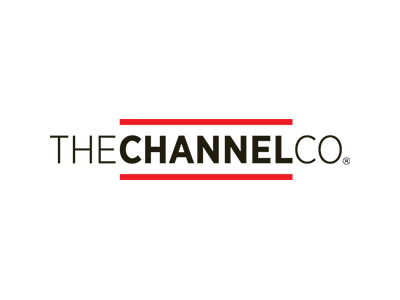IoT Remote Health Solution Connects Patients to Providers
The Intel Health Application Platform (HAP) can be used by remote care solution providers to enable a variety of remote health care usage models.

Photo: Intel Health Application Platform for Remote Healthcare
As healthcare costs escalate, delivery providers are looking for new, cost-effective ways to manage health delivery. With the advent of IoT, the healthcare industry is moving toward remote health care usage models, which encompass a variety of care modalities provided to patients outside of a clinical setting.
According to data reported by Intel in this infographic, managing patients with serious or chronic conditions using remote care platforms can reduce hospital admissions by 40 percent and reduce readmission rates by 75 percent. Taking those numbers into consideration, remote care can lower U.S. employer health care costs by as much as $6 billion a year, according to healthcare consultancy Willis Towers Watson.
Despite the enormous cost-cutting potential for IoT-based remote health tools, mainstream adoption faces many challenges. For example, patients today have several commercially available methods to check their blood pressure or glucose levels from home. From their smartphones or tablets, patients can send data to their health care providers for evaluation.
While convenient for patients, these general-purpose consumer devices can become unstable or unreliable as operating systems or applications are updated. On the backend, health care solution providers, hospitals and physicians frequently grapple with incompatible technologies, stringent regulatory and compliance guidelines, and issues of data security and privacy.
Secure Healthcare Platform
In response to these issues and the growing need for better remote healthcare solutions, Intel has launched the Intel Health Application Platform (Intel® HAP). This application software platform can be used by remote care solution providers to enable a variety of remote health care usage models.
Health care solution providers can securely deliver services across an always-connected and ever-expanding health care edge, and to any cloud. To make the Intel HAP platform readily available to solution providers, Intel has collaborated with Flex, the Sketch-to-Scale™ solutions provider based in San Jose, CA.
The two companies created an IoT compute engine offering an intelligent, connected edge device that provides wireless connectivity to verified peripherals, including blood pressure and glucose monitors, pulse oximeters, weight scales and more. This platform will enable health care solution providers to bring transformative remote care solutions to market more quickly.

Photo: Intel Health Application Platform for Remote Healthcare
When combined with a third-party hardware design, the Intel HAP “can empower the healthcare industry to develop novel products and services that require enterprise-grade stability, security and longevity, all while lowering TCO and delivering better user experiences,” says David Ryan, general manager, health and life sciences sector, Internet of Things group, Intel.
Healthcare Out of the Box
Intel notes that once configured by the healthcare solution provider, solutions based on the IoT compute engine can work right out of the box. After receipt from their care provider, the equipment only needs to be plugged in by patients and their families to get it up and running.
The equipment contains an interactive user interface that automatically displays a notice, so users know when the battery needs charging. A bright light on the device confirms that data is being transmitted, allowing for hands-free use by patients. The solution ensures data security both at the hardware and software levels. Additionally, hospitals and physicians will be able to retain ownership of the data that can be stored in—and accessed through—legacy infrastructure, keeping their own compliance processes in place.
This platform is one way solution providers can step in and address some of the challenges in healthcare delivery—an aging population, rising costs of using outdated infrastructure, and incompatible remote monitoring tools and technologies. Hopefully, for remote delivery of healthcare, the IoT will turn out to be just what the doctor ordered.
Give Remote Healthcare a New Edge
- Learn more about the Intel Health Application Platform and Flex IoT Compute Engine.
- Download the Intel and Flex business brief: Enabling Healthcare Innovation at the Edge.
- Jonathan Ballon, vice president and general manager of the Intel IoT Group, will speak about the disruptive nature of remote care and the need for its adoption as a new standard of care during his keynote at the Connected Health Conference on October 26, 2017. To hear what he and other healthcare delivery experts are discussing, visit the Connected Health Conference.